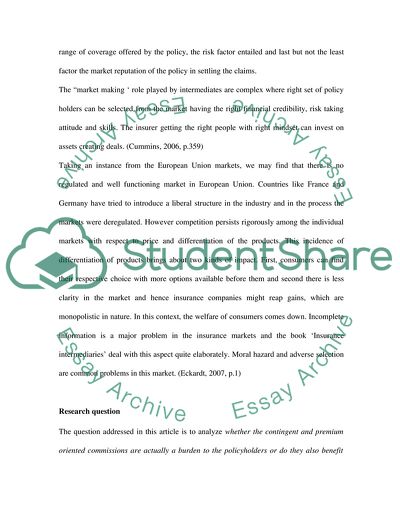Cite this document
(The Economics of Insurance Intermediaries Article, n.d.)
The Economics of Insurance Intermediaries Article. https://studentshare.org/macro-microeconomics/1735199-the-economics-of-insurance-intermediaries
The Economics of Insurance Intermediaries Article. https://studentshare.org/macro-microeconomics/1735199-the-economics-of-insurance-intermediaries
(The Economics of Insurance Intermediaries Article)
The Economics of Insurance Intermediaries Article. https://studentshare.org/macro-microeconomics/1735199-the-economics-of-insurance-intermediaries.
The Economics of Insurance Intermediaries Article. https://studentshare.org/macro-microeconomics/1735199-the-economics-of-insurance-intermediaries.
“The Economics of Insurance Intermediaries Article”. https://studentshare.org/macro-microeconomics/1735199-the-economics-of-insurance-intermediaries.


